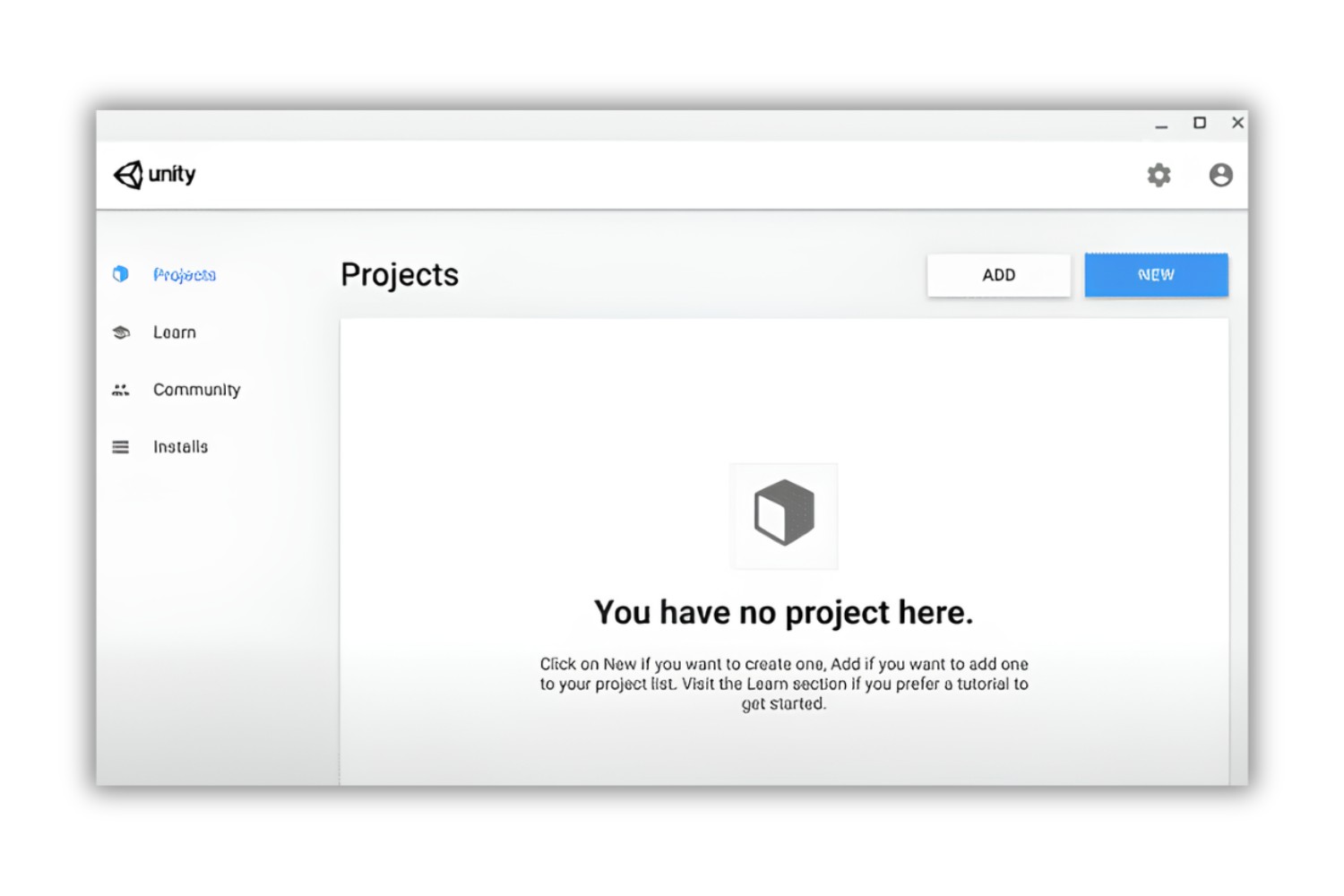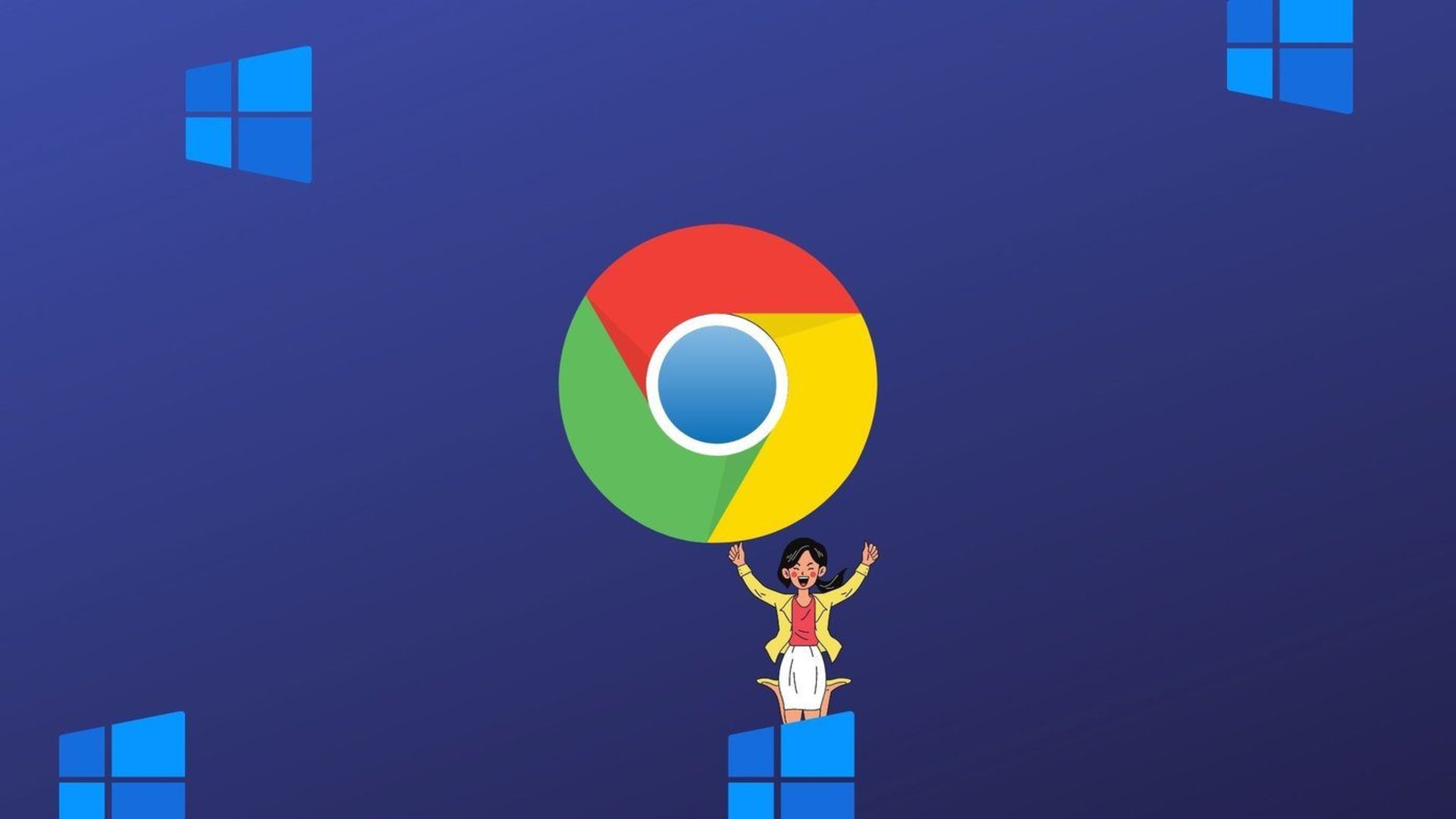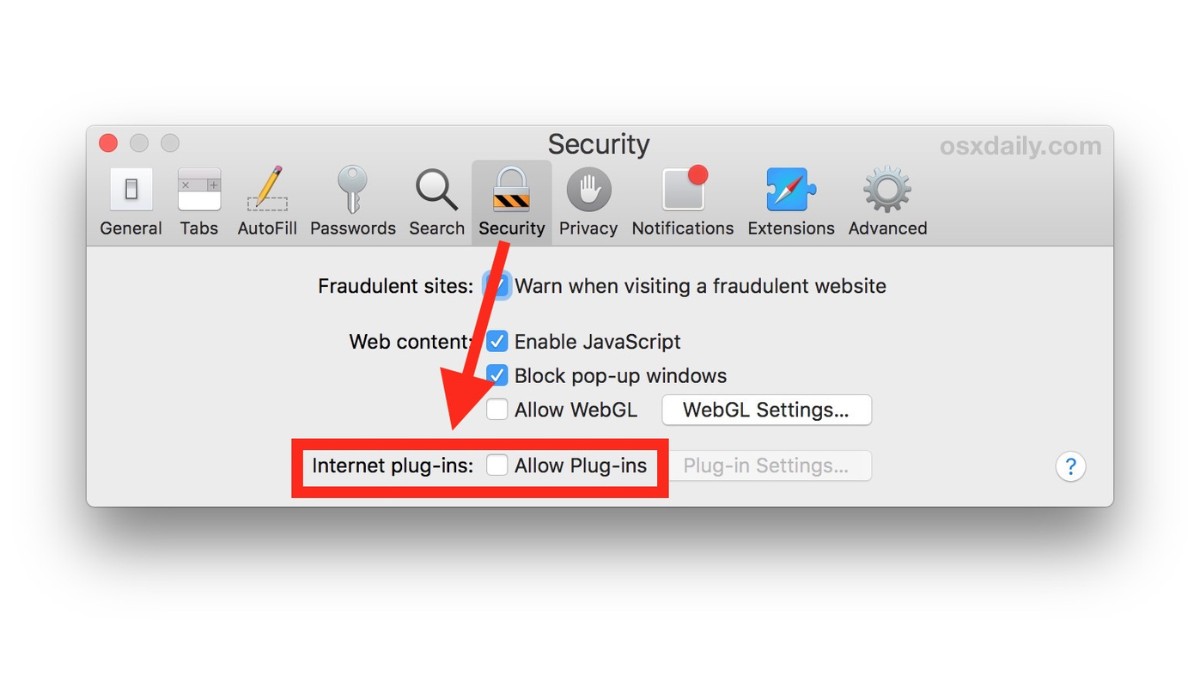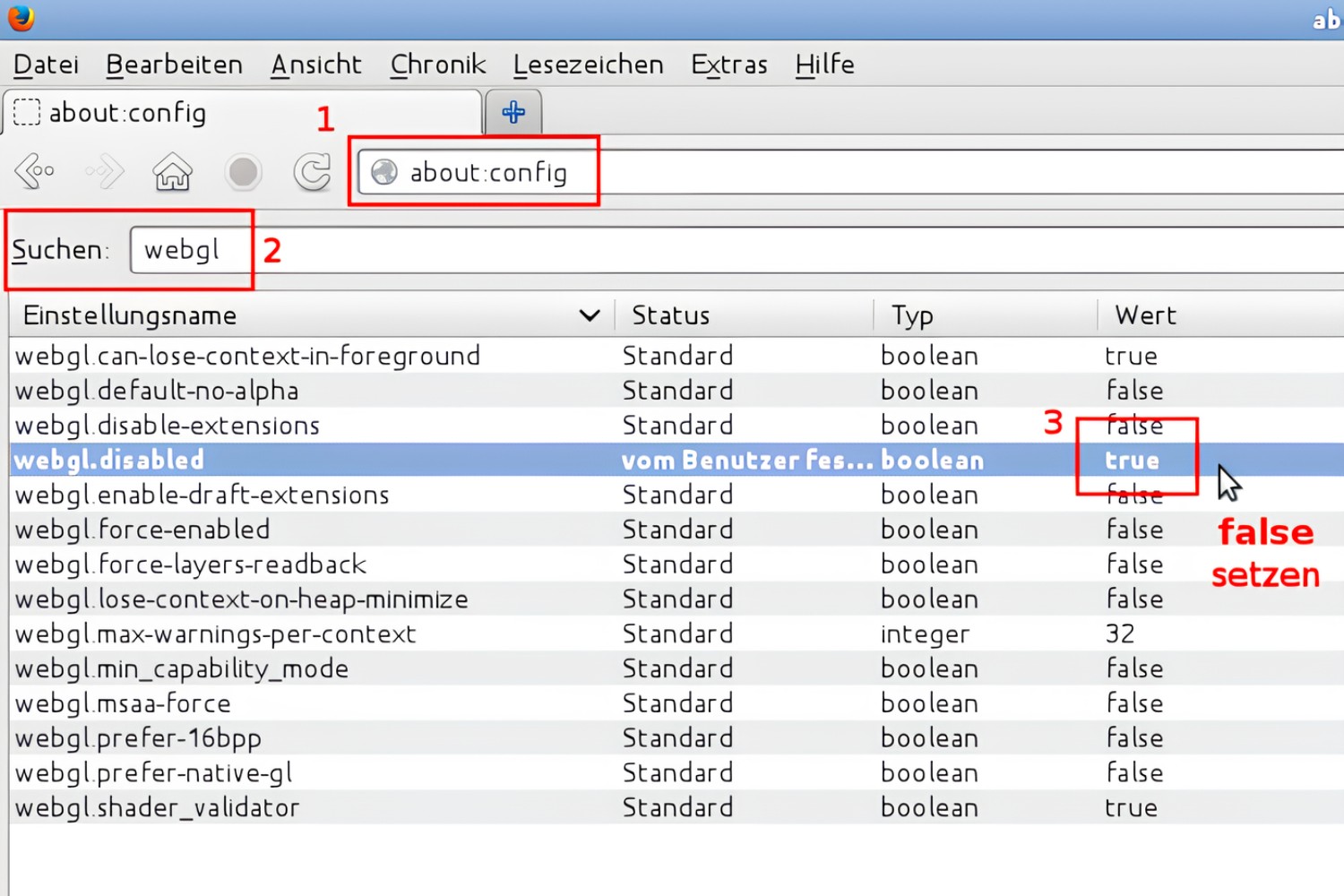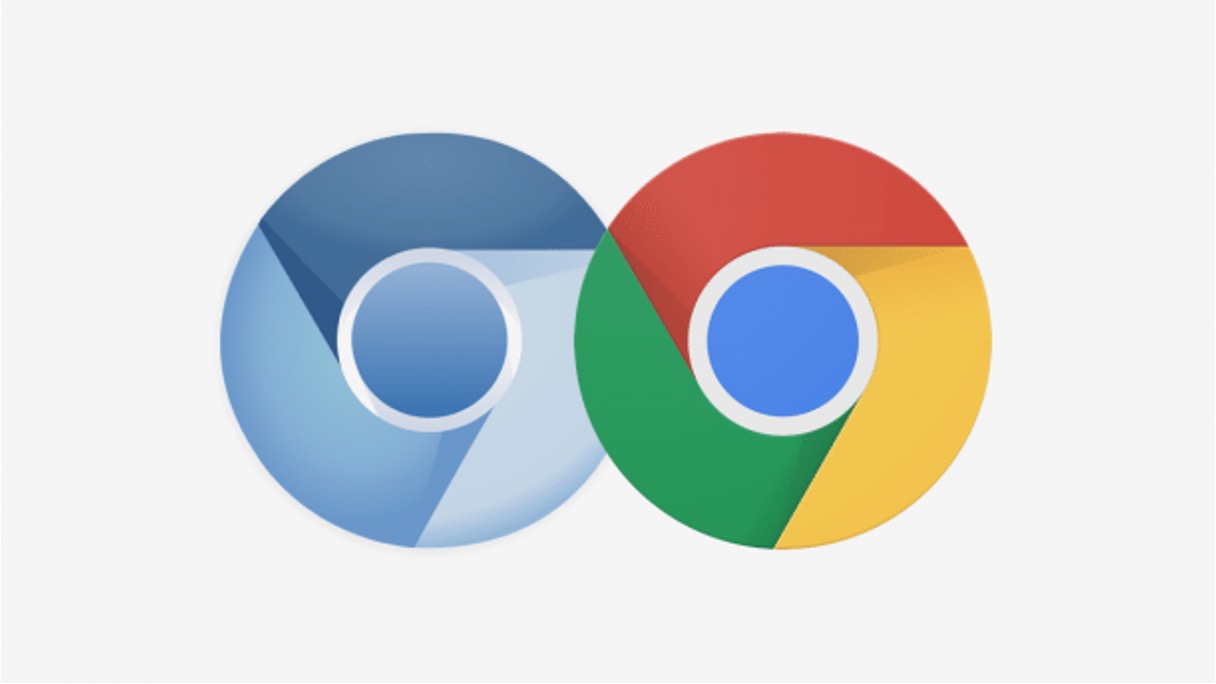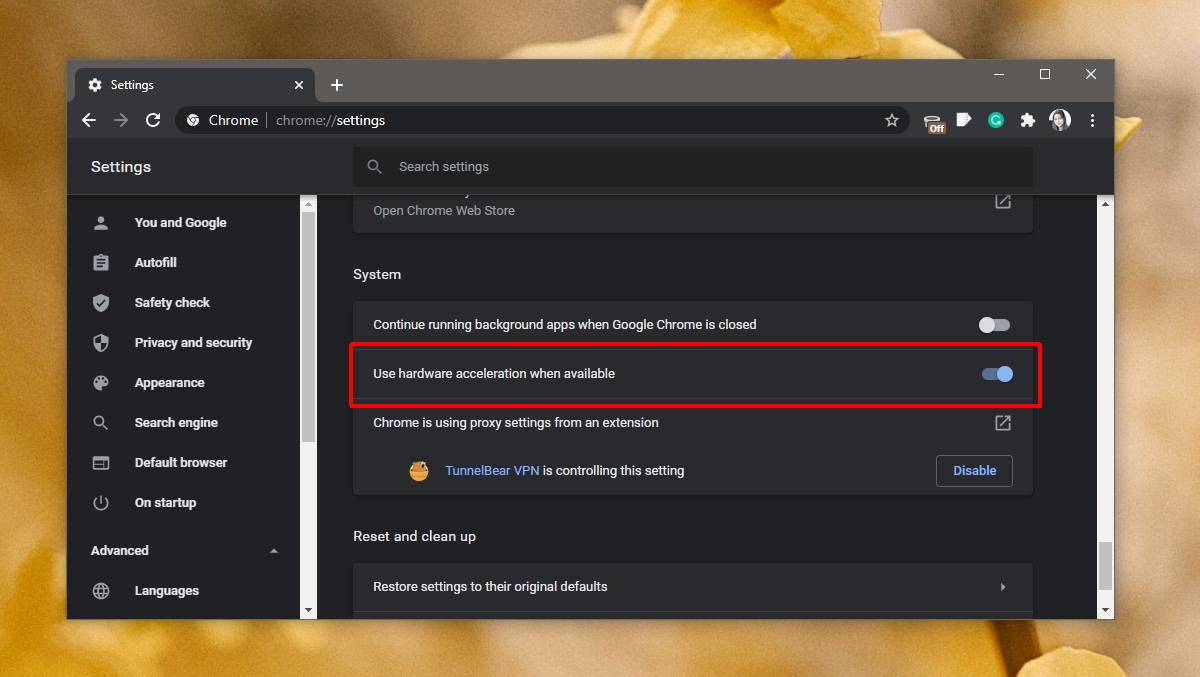Introduction
WebGL, short for Web Graphics Library, is a powerful JavaScript API that enables web browsers to render interactive 2D and 3D graphics without the need for additional plugins. This technology has revolutionized the way we experience and interact with web content, allowing for immersive visual experiences right within the browser.
Google Chrome, one of the most popular web browsers, provides robust support for WebGL, empowering users to enjoy a wide range of visually stunning web applications and games. However, to fully leverage the capabilities of WebGL in Chrome, it's essential to ensure that this feature is enabled and functioning optimally.
In this article, we will delve into the process of enabling WebGL in Chrome, providing step-by-step guidance to help users harness the full potential of this cutting-edge technology. Whether you're an avid gamer, a creative designer, or simply someone who appreciates visually captivating web content, understanding how to enable WebGL in Chrome can significantly enhance your browsing experience.
So, let's embark on this journey to unlock the immersive world of WebGL within Chrome, and discover the seamless integration of stunning graphics and interactive experiences right at your fingertips.
Checking WebGL Support in Chrome
Before delving into the process of enabling WebGL in Chrome, it's crucial to first determine whether your browser supports this cutting-edge technology. Checking WebGL support in Chrome is a straightforward process that involves accessing a dedicated webpage to run a compatibility test. Here's how you can verify WebGL support in Chrome:
-
Accessing the WebGL Compatibility Test Page: To initiate the verification process, open your Chrome browser and navigate to the WebGL compatibility test page. This page is specifically designed to assess your browser's compatibility with WebGL and provide insights into its performance capabilities.
-
Running the Compatibility Test: Upon reaching the WebGL compatibility test page, the browser will automatically execute a series of graphics rendering tasks to evaluate its WebGL support. These tasks are designed to assess the browser's ability to handle complex visual elements and render them accurately.
-
Reviewing the Test Results: Once the compatibility test is complete, the webpage will display the results, indicating whether WebGL is supported and functioning optimally in your Chrome browser. The test results may also provide additional details regarding the browser's performance in rendering advanced graphics and interactive content.
-
Interpreting the Results: If the test confirms that WebGL is supported and operational in your Chrome browser, you can proceed with confidence, knowing that you have the necessary foundation to experience immersive web graphics. However, if the test indicates any issues or limitations related to WebGL support, further troubleshooting and configuration adjustments may be required.
By following these steps, you can effectively assess the WebGL support in your Chrome browser, gaining valuable insights into its compatibility with advanced graphics rendering and interactive web content. This initial evaluation sets the stage for enabling WebGL and unlocking a world of visually captivating experiences within the browser.
In the next section, we will explore the process of enabling WebGL in Chrome, empowering users to harness the full potential of this dynamic technology for enhanced web browsing experiences.
Enabling WebGL in Chrome
Enabling WebGL in Chrome is a pivotal step towards unlocking the full potential of this cutting-edge technology, allowing users to immerse themselves in visually stunning web content and interactive experiences. The process of enabling WebGL involves accessing Chrome's advanced settings to activate this feature, ensuring seamless compatibility with a wide range of web applications and games that leverage WebGL for immersive graphics rendering.
To enable WebGL in Chrome, follow these step-by-step instructions:
-
Accessing Chrome Settings:
- Begin by launching your Chrome browser and navigating to the menu represented by three vertical dots located in the top-right corner of the window. Click on the menu to reveal a dropdown list of options.
-
Navigating to Advanced Settings:
- Within the dropdown menu, locate and select the "Settings" option. This action will redirect you to the main settings interface, where you can access a wide array of configuration options for your Chrome browser.
-
Accessing Advanced Settings:
- Scroll down the settings page and click on the "Advanced" option located at the bottom of the list. This will expand the settings interface to reveal additional advanced configuration options.
-
Enabling WebGL:
- Within the advanced settings, locate the "System" section, which contains various system-related configurations. Look for the "Use hardware acceleration when available" option and ensure that it is toggled on. This setting is crucial for enabling WebGL, as it allows Chrome to leverage hardware acceleration for enhanced graphics rendering, including WebGL content.
-
Relaunching Chrome:
- After enabling hardware acceleration, it is recommended to relaunch your Chrome browser to apply the changes effectively. Simply close the browser window and reopen it to ensure that the updated settings take effect.
By following these steps, you can successfully enable WebGL in Chrome, paving the way for a seamless and visually captivating browsing experience. Once WebGL is enabled, your Chrome browser will be fully equipped to handle advanced graphics rendering tasks, empowering you to explore a myriad of web-based applications and games that harness the power of WebGL for immersive visual experiences.
With WebGL enabled in Chrome, users can delve into a diverse array of interactive content, ranging from 3D visualizations and virtual reality experiences to visually stunning web applications that push the boundaries of traditional web design. This enhanced compatibility with WebGL opens the door to a world of creative possibilities, allowing users to engage with web content in a more immersive and visually compelling manner.
In the subsequent section, we will delve into the crucial process of verifying WebGL functionality in Chrome, ensuring that the enabled feature operates optimally and seamlessly integrates with a wide range of web-based experiences.
Verifying WebGL is Enabled
After enabling WebGL in Chrome, it is essential to verify that this dynamic technology is fully operational and seamlessly integrated into the browser's rendering capabilities. Verifying WebGL functionality ensures that users can confidently explore a myriad of visually captivating web content and interactive experiences without encountering any compatibility issues. This crucial verification process involves confirming that WebGL is enabled and functioning optimally within the Chrome browser.
To verify that WebGL is enabled in Chrome, follow these steps:
-
Accessing Chrome's WebGL Information Page: Begin by entering the following URL in the address bar of your Chrome browser:
chrome://gpu/. This URL directs you to the GPU information page, which provides comprehensive details about the browser's graphics processing unit and its capabilities, including WebGL support. -
Reviewing WebGL Status: Upon accessing the GPU information page, navigate to the "WebGL" section, where you can find specific details related to WebGL support and its current status within the browser. Look for the "WebGL" entry to confirm that it is listed as "Hardware accelerated" or "Software only, hardware acceleration unavailable," indicating the status of WebGL support in Chrome.
-
Verifying WebGL Renderer: Within the WebGL section of the GPU information page, locate the "WebGL 2" and "WebGL 1" entries, which provide insights into the browser's support for different versions of WebGL. Ensure that both "WebGL 2" and "WebGL 1" are listed as "Hardware accelerated" to confirm that the browser fully supports these WebGL specifications.
-
Checking WebGL Vendor and Renderer: As part of the verification process, review the "WebGL vendor" and "WebGL renderer" entries on the GPU information page. These details offer valuable insights into the specific vendor and renderer utilized for WebGL rendering within the Chrome browser, providing a comprehensive overview of the underlying technologies powering WebGL support.
By following these steps, you can effectively verify that WebGL is enabled and functioning optimally in your Chrome browser, ensuring seamless compatibility with a wide range of visually immersive web content and interactive experiences. This verification process offers users the confidence to explore WebGL-powered applications, games, and visualizations, knowing that their browser is fully equipped to deliver stunning graphics and seamless rendering performance.
In the subsequent section, we will address the essential aspects of troubleshooting WebGL issues in Chrome, providing valuable insights and solutions to overcome potential challenges related to WebGL functionality within the browser.
Troubleshooting WebGL Issues in Chrome
Encountering WebGL issues in Chrome can be a frustrating experience, especially when attempting to engage with visually immersive web content and interactive applications. However, with the right approach to troubleshooting, users can effectively address and resolve potential challenges related to WebGL functionality within the browser. By leveraging targeted solutions and insights, users can overcome WebGL issues and ensure a seamless browsing experience that fully embraces the capabilities of this dynamic technology.
Here are some essential troubleshooting steps to address WebGL issues in Chrome:
-
Update Chrome to the Latest Version: Ensuring that your Chrome browser is running the latest version is crucial for addressing potential WebGL issues. Updates often include bug fixes and performance enhancements that can directly impact WebGL functionality.
-
Check Graphics Drivers: Verify that your computer's graphics drivers are up to date. Outdated or incompatible graphics drivers can hinder WebGL performance. Visit the official website of your graphics card manufacturer to download and install the latest drivers.
-
Clear Browser Cache and Cookies: Accumulated cache and cookies can sometimes interfere with WebGL functionality. Clearing the browser's cache and cookies can help resolve potential conflicts and improve WebGL performance.
-
Disable Browser Extensions: Certain browser extensions may conflict with WebGL, causing issues with graphics rendering. Temporarily disable all extensions and then re-enable them one by one to identify if any specific extension is impacting WebGL functionality.
-
Reset Chrome Settings: Resetting Chrome settings to their default state can resolve underlying configuration issues that may be affecting WebGL performance. Navigate to Chrome's settings and locate the option to reset settings to their original defaults.
-
Check Security Software Settings: Some security software or firewall settings may restrict WebGL functionality. Review the settings of your security software and ensure that they do not interfere with WebGL rendering in Chrome.
-
Test WebGL on Another Browser: To isolate the issue, test WebGL functionality on a different browser. If WebGL works as expected on another browser, the issue may be specific to Chrome, prompting further troubleshooting within the Chrome environment.
-
Seek Community Support: Utilize online forums and communities dedicated to Chrome and WebGL to seek insights and potential solutions from other users who may have encountered similar issues.
By following these troubleshooting steps, users can effectively address WebGL issues in Chrome, ensuring a seamless and visually immersive browsing experience. Embracing the power of WebGL within Chrome opens the door to a diverse array of visually captivating web content and interactive experiences, empowering users to engage with cutting-edge graphics and dynamic visualizations seamlessly.
Incorporating these troubleshooting strategies into your approach to addressing WebGL issues in Chrome can enhance your browsing experience, allowing you to fully immerse yourself in the visually stunning world of WebGL-powered web content and applications.










